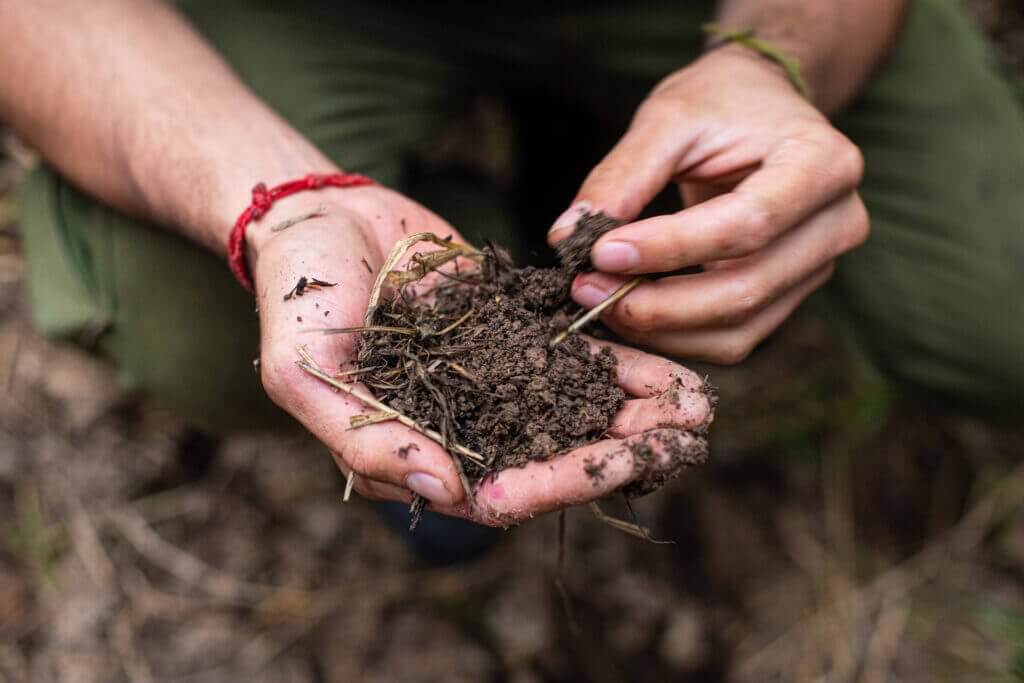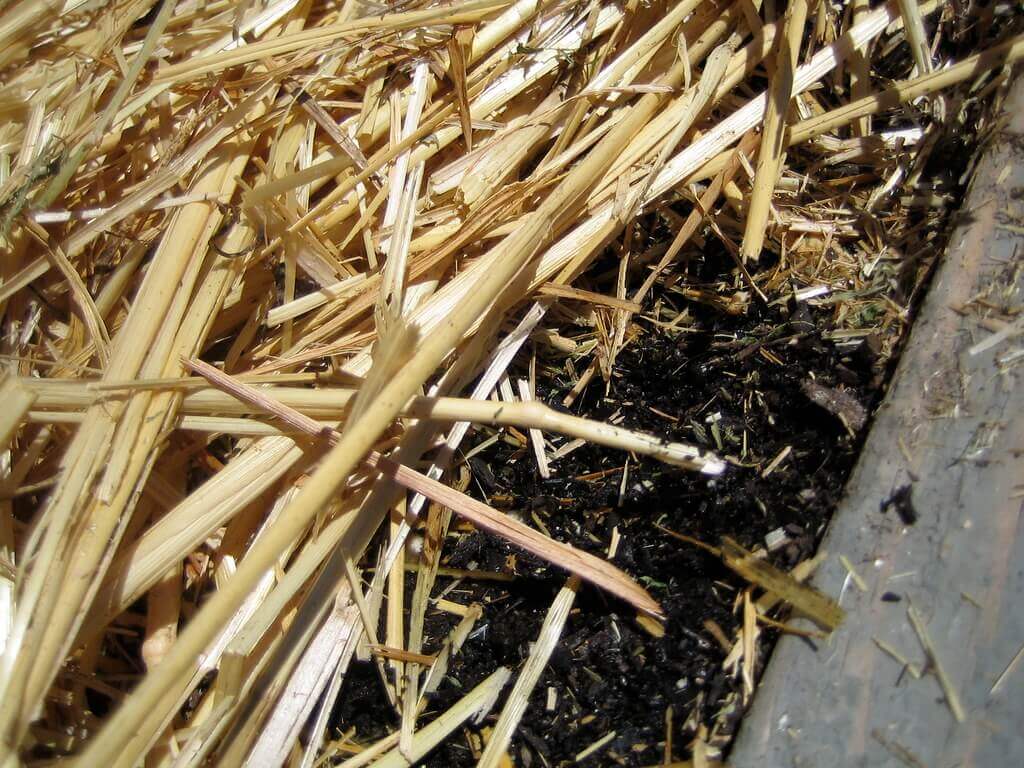Improving Your Soil: The Key to a Thriving Garden
Improving your garden soil. Garden enthusiasts in South Africa, it’s time to turn our focus beneath our feet – to the soil that cradles our beloved plants. Healthy, fertile soil is the cornerstone of a thriving garden, where every flower blooms brighter and every leaf bursts with life. In this guide, we’ll walk through the steps to enrich your garden soil, ensuring it becomes a nurturing haven for your plants.
Understanding Your Garden Soil
Before diving into improvement techniques, it’s essential to understand the type of soil you’re working with. Is it sandy, loamy, or clay? Each type has its unique properties and needs. For instance, sandy soils drain quickly but can struggle to retain nutrients, while clay soils hold moisture well but may lack proper aeration.
When cultivating the soil, it is essential to improve its texture and quality on an ongoing basis. Organic matter acts as a soil conditioner, improving the structure, drainage and aeration characteristics of the soil. However, the food value of organic matter is low, although it does contain some necessary trace elements. To ensure the correct feeding of plants, additional plant foods or fertilizers are necessary.
Soil texture:
The size of soil particles determines its texture, be it gravel, coarse sand, fine sand, silt or clay. Garden soil usually consists of a mixture of sand, silt, clay and organic matter. Water is found in the spaces between the soil particles. In sandy soils, where the spaces are large, water drains away quickly.
The addition of organic matter, such as compost, mushroom or acid compost and kraal manure, helps to bind sandy soil, enabling it to retain moisture at the roots of plants.
The spaces in clay soils are smaller, so overwatering fills them to the exclusion of air, causing waterlogging. A long-term remedy for breaking up clay soil is to add lots of organic matter, coarse sand and lime.
The Miracle of Organic Matter
One universal truth in gardening is the power of organic matter. Whether you’re dealing with sandy soils or clay, incorporating organic matter such as compost, manure, or mulch can significantly improve soil quality. Organic matter enhances the soil’s ability to retain moisture and nutrients, making it more hospitable for plant roots.
Compost: The Garden’s Gold
Compost is a gardener’s best friend. Adding well-decomposed compost to your soil works wonders, especially in sandy soils that need a boost in moisture retention and nutrient availability. It also enhances microbial activity, which is vital for a healthy soil ecosystem.
Manure: Nature’s Fertilizer
Well-rotted animal manure, such as from cows or chickens, is another excellent addition to garden soil. It enriches the soil with essential nutrients and improves its texture. Remember to use manure that’s well-composted to avoid burning your plants with too much nitrogen.
Mulching: The Protective Layer
Mulch isn’t just for keeping weeds at bay. It also contributes to soil health by breaking down over time and adding organic matter. Mulch helps conserve moisture, keeps the soil cool, and provides a steady supply of nutrients as it decomposes.
Tilling and Aeration: Let Your Soil Breathe
Tilling your soil is like giving it a breath of fresh air. Loosening the soil improves aeration, essential for root growth and microbial activity. For beds, dig out the soil to a depth of about 30cm and turn it over, then add a layer of compost or organic matter before covering it back with topsoil.

Advanced Soil Improvement Techniques
After laying the foundation with organic matter and aeration, let’s delve into more advanced methods to elevate your garden soil to the next level.
Soil Testing: Know Your Soil’s Needs
Understanding the exact composition of your soil is crucial. A simple soil test can reveal pH levels, nutrient deficiencies, and more. This knowledge allows you to tailor your soil improvement strategy, adding specific nutrients or conditioners that your soil may be lacking. In South Africa, you can easily find soil testing kits at local garden centers or online.
Where to buy Soilt testing kits? Click here
Fertilizers: A Nutrient Boost
While organic matter provides a wealth of nutrients, sometimes your soil needs an extra boost. Choose a fertilizer that complements your soil’s needs based on the soil test results. Remember, the goal is to create a balanced environment where your plants can thrive without over-reliance on chemical fertilizers.
Crop Rotation and Cover Crops: Nature’s Soil Healers
For vegetable gardens, practicing crop rotation can prevent soil depletion and reduce disease and pest problems. Additionally, planting cover crops during the off-season can enrich the soil. Legumes, for instance, fix nitrogen in the soil, improving its fertility for future planting.
Seasonal Soil Care
Your soil needs change with the seasons, and adapting your care routine is key to maintaining its health year-round.
Spring Awakening
Spring is the time to rejuvenate your soil. Start by removing winter debris and adding a fresh layer of compost or manure. This is also a great time to perform a soil test and prepare the beds for planting.
Summer Vigilance
During the hot summer months, mulching becomes even more critical to retain moisture and keep the soil cool. Regular watering, preferably in the early morning or late evening, will help the soil maintain its structure and prevent it from drying out.
Autumn Enrichment
Autumn is an ideal time to add more organic matter. As leaves fall, gather them and add them to your compost heap or directly to the soil as mulch. This is also a great time to plant cover crops in your vegetable beds.
Winter Care
In winter, let your soil rest. Protect it with a layer of mulch or a cover crop. This is also a good time to plan for the next season, considering any changes or improvements you want to make based on this year’s observations.

Improving Your Soil Q&A
Frequetly asked questions and awnsers on Improving Your Soil:
How can I make my soil better?
To improve your soil, start by adding organic matter like compost, well-rotted manure, or leaf mold. Regularly incorporating these materials can significantly enhance soil structure, increase nutrient content, and improve moisture retention. It’s also helpful to conduct a soil test to determine specific nutrient deficiencies and address them accordingly.
What are the methods of improving soil?
Improving soil typically involves adding organic matter, such as compost, manure, or leaf mold, to enhance its structure and nutrient content. Other methods include practicing crop rotation, using cover crops, ensuring proper drainage, and avoiding over-tilling, which can disrupt soil structure and beneficial microbial life.
What are 5 ways to increase soil fertility?
- Add compost to enrich the soil with organic matter.
- Use green manures and cover crops to fix nitrogen and add nutrients.
- Implement crop rotation to balance nutrient usage.
- Apply natural fertilizers like bone meal or fish emulsion.
- Encourage beneficial soil organisms by reducing chemical use and maintaining healthy soil pH levels.
What is the fastest way to add nutrients to soil?
Applying well-decomposed compost is one of the fastest ways to add nutrients to soil. Compost provides a wide range of essential nutrients and improves soil structure, enhancing its ability to retain these nutrients. Additionally, liquid organic fertilizers like fish emulsion can quickly supply nutrients to plants.
How can I enrich my soil naturally?
To enrich your soil naturally, regularly add organic matter like compost, aged manure, or leaf mold. These materials improve soil fertility and structure. Planting cover crops and practicing crop rotation also contribute to maintaining natural soil health. Minimizing chemical use and incorporating organic mulches are other effective natural methods.
How can I revive my soil naturally?
Reviving your soil naturally involves incorporating organic matter such as compost, aged manure, or leaf mold, which improves soil structure and fertility. Planting cover crops or green manures can also rejuvenate soil by adding nutrients and improving soil texture. Regular aeration and avoiding soil compaction are also key.
How do you restore soil quality?
Restoring soil quality typically involves adding organic matter like compost or aged manure, which enhances soil structure and nutrient content. Other methods include practicing crop rotation, using cover crops, maintaining proper pH balance, and encouraging a diverse ecosystem of beneficial soil organisms.
How do you treat weak soil?
Treating weak soil involves enriching it with organic matter such as compost, manure, or leaf mold to improve its structure and nutrient content. Conducting soil tests to identify nutrient deficiencies and applying appropriate organic fertilizers or amendments can also help. Ensuring adequate drainage and aeration is crucial for weak soils.
How do I get my nutrients back in my soil?
To replenish nutrients in your soil, add organic matter like compost or aged manure regularly. Use cover crops to fix nitrogen and add other nutrients back into the soil. Applying organic fertilizers based on soil test recommendations can also help restore soil nutrients effectively.
What liquids help plants grow best?
Water is the most essential liquid for plant growth, but nutrient-rich solutions like compost tea or liquid organic fertilizers (e.g., fish emulsion or seaweed extract) can also significantly benefit plants. These liquids provide nutrients in a readily absorbable form, enhancing plant health and growth.
What destroys soil nutrients?
Soil nutrients can be depleted by excessive farming without crop rotation, overuse of chemical fertilizers and pesticides, soil erosion, and poor water management. Continuous monoculture and neglecting to replenish organic matter also contribute to the depletion of soil nutrients.
What are the three natural methods of adding nutrients to soil?
Three natural methods of adding nutrients to soil include:
- Composting: Adding compost improves soil fertility by introducing a wide range of nutrients.
- Green Manuring: Planting cover crops like legumes, which fix nitrogen in the soil, adding essential nutrients.
- Organic Mulching: Using organic mulches like straw or leaf mold, which decompose and release nutrients into the soil.
Conclusion: Improving Your Soil is A Continuous Journey
Improving your garden soil is a continuous journey, not a one-time task. Regular attention, the addition of organic matter, and adapting to seasonal changes will ensure your soil remains healthy and productive. With patience and care, you’ll see the fruits of your labor in the form of lush, vibrant plants and a flourishing garden.
References:
AgroLearner. “Soil Preparation for Plant Cultivation in South Africa.” Read here.
Life is a Garden. “Preparing Your Garden Soil for Planting.” Access the guide.
The Gardener. “Get The Most Out Of Your Soil | Soil Preparation.” Learn more.
Sand Online. “5 Ways to Improve Sandy Soil in South Africa.” Discover techniques.
GrowVeg. “The Secret to Improving Sandy Soil.” Explore further.


































